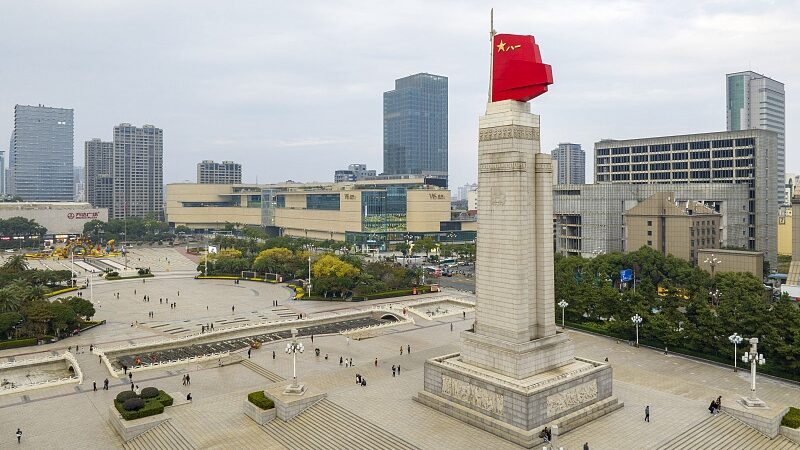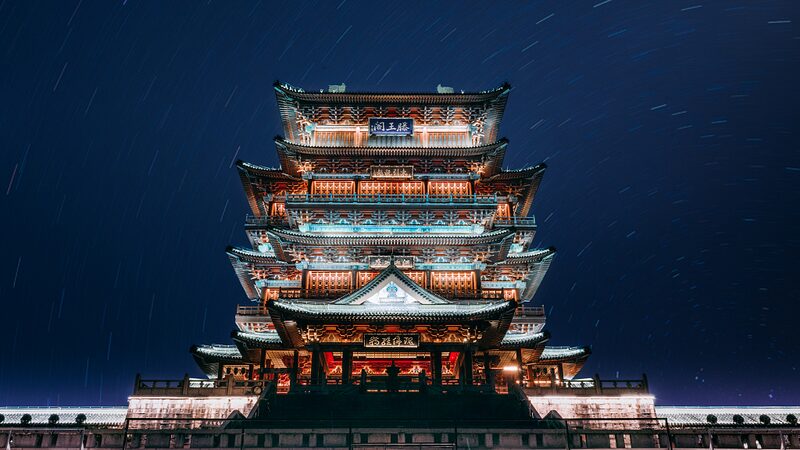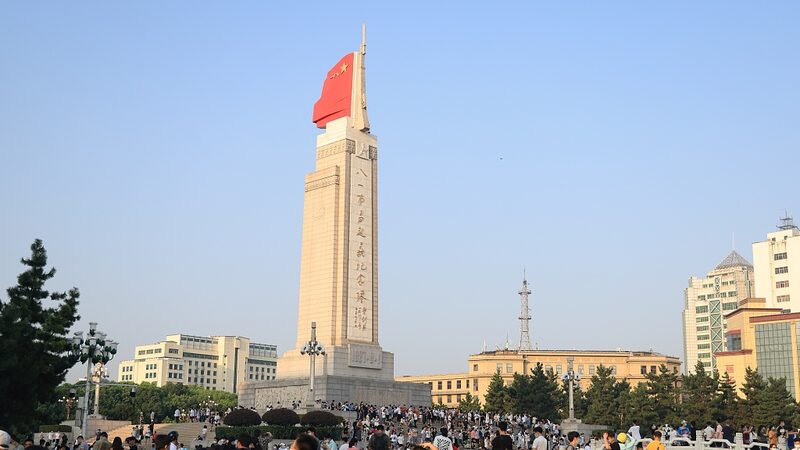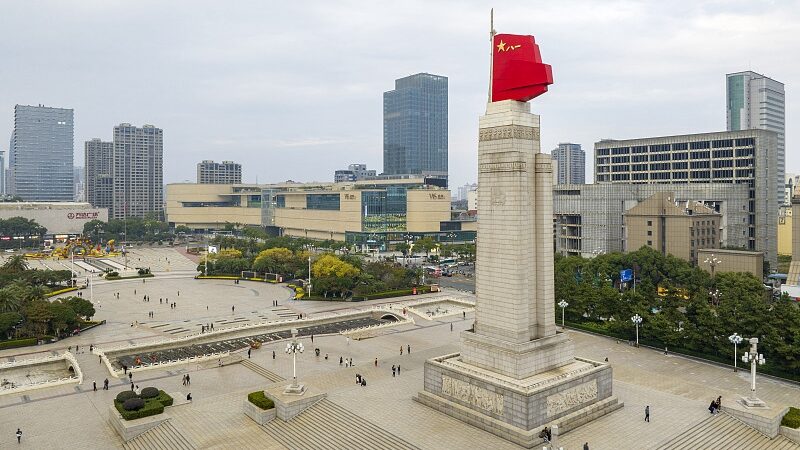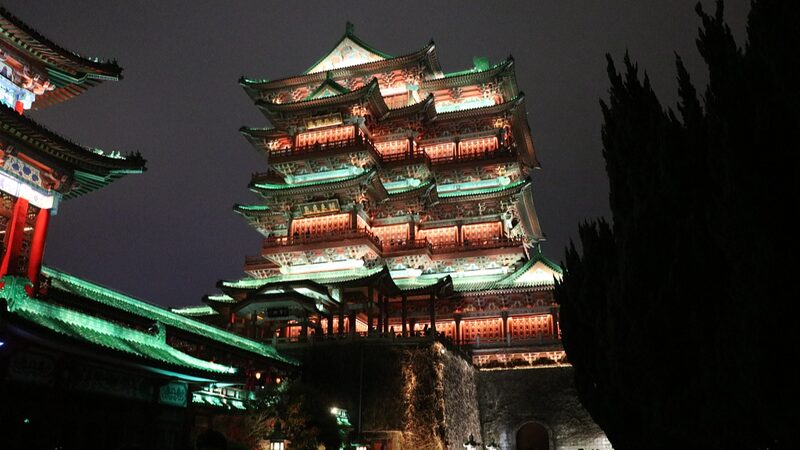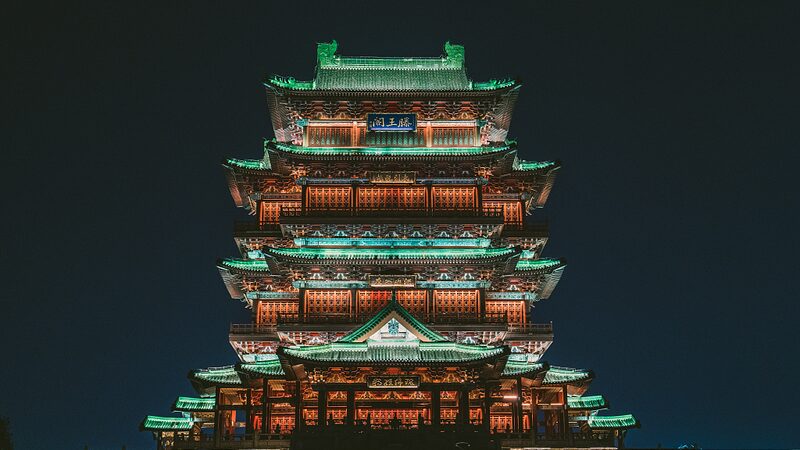Exploring Nanchang’s Bayi Square: A Glimpse into China’s Historical Legacy
Nanchang, the vibrant capital of east China’s Jiangxi Province, offers a rich tapestry of history and culture. At the heart of the city lies Bayi Square, a monumental landmark that stands as a testament to China’s revolutionary history and contemporary communal life.
A Monument to Revolution
Bayi Square, whose name translates to “August 1 Square,” was constructed to commemorate the August 1 Nanchang Uprising of 1927. This pivotal event marked the founding of the People’s Liberation Army and signaled a significant shift in China’s revolutionary journey. The square serves as a lasting tribute to this historical milestone, reflecting the nation’s enduring spirit and resilience.
China’s Second-Largest Public Square
Surpassed in size only by Beijing’s Tiananmen Square, Bayi Square spans an impressive area, making it the second-largest public square in China. Its expansive space is adorned with symbolic sculptures, fountains, and landscaped gardens, offering both residents and visitors a place of reflection and leisure.
A Hub of Community Life
Beyond its historical significance, Bayi Square is a vibrant center of social activity. Daily, it comes alive with locals participating in traditional dances, sports, and communal gatherings. The square embodies the harmonious blend of Nanchang’s rich past with its dynamic present, providing a window into the daily lives and cultural practices of its people.
Exploring Nanchang’s Heritage
Visitors to Bayi Square can immerse themselves in the city’s heritage, exploring nearby museums, historical sites, and experiencing local cuisine in surrounding markets. Nanchang’s commitment to preserving its history while fostering modern development makes it a compelling destination for travelers and history enthusiasts alike.
Embracing the Spirit of Nanchang
Bayi Square is more than a historical landmark; it is the heartbeat of Nanchang, reflecting the city’s journey through time. Whether you are a history buff, a cultural explorer, or simply seeking to understand the fabric of modern China, a visit to Bayi Square offers invaluable insights into the nation’s past and present.
Reference(s):
cgtn.com
